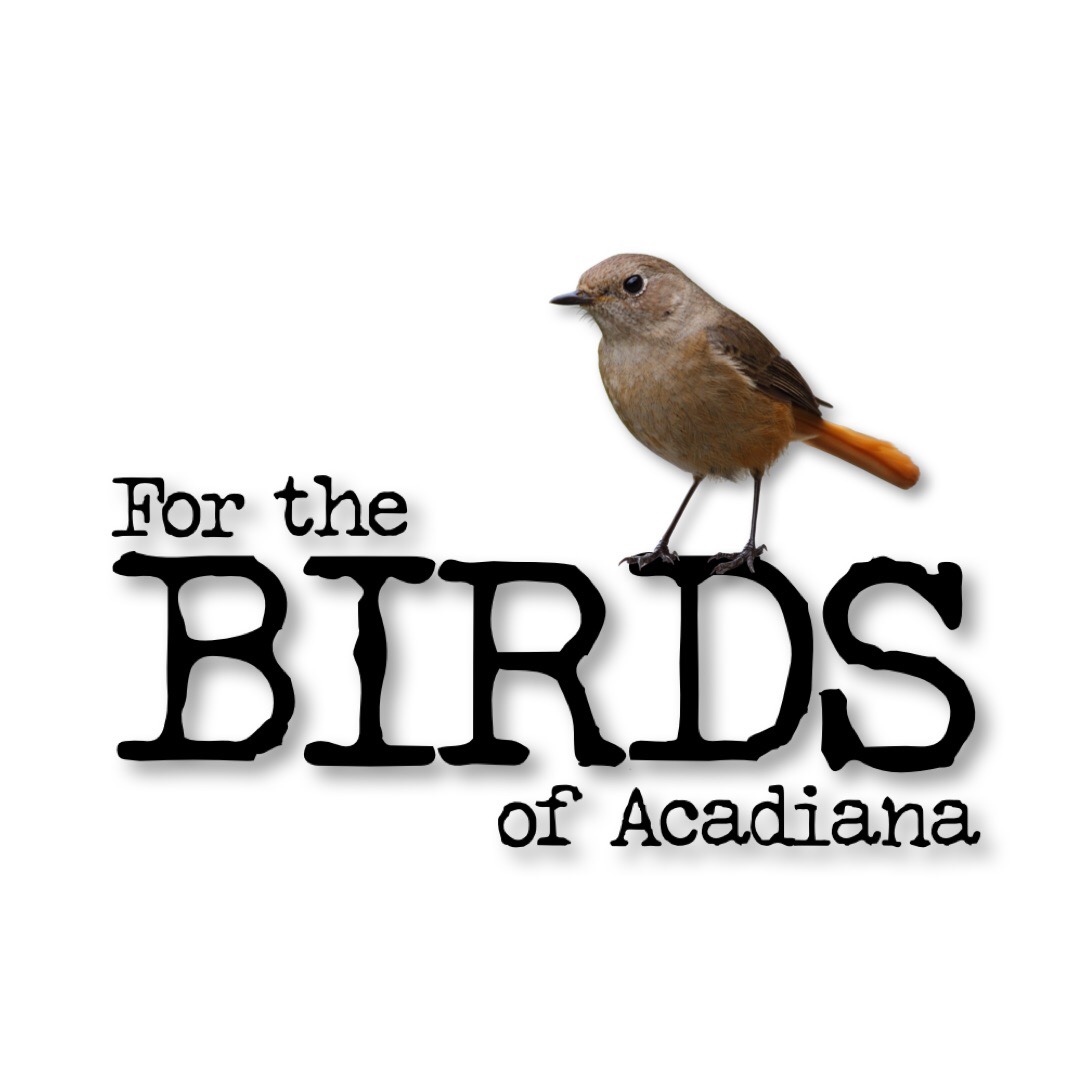Understanding the Key Differences Between Feral, Domestic, Homing, and Racing Pigeons
- For The Birds

- Nov 9
- 4 min read
Pigeons are everywhere, yet many people don’t realize how diverse these birds really are. From the city streets to specialized pigeon lofts, different types of pigeons serve unique roles and have distinct behaviors. Today, we want to share some of the differences between feral pigeons, domestic pigeons, homing pigeons, and racing pigeons. Whether you’re a bird enthusiast or simply curious about these fascinating creatures, this guide will help you appreciate their unique traits and intelligence.

Feral pigeons are common in cities and adapt well to urban environments.
What Are Feral Pigeons?
Feral pigeons are the wild descendants of domestic pigeons that have escaped or been released into the wild. You’ll often see them in parks, city squares, and around buildings. These pigeons have adapted to survive without human care, feeding on scraps and nesting in nooks and crannies of urban structures.
Feral pigeons tend to have a more varied appearance than domestic pigeons because they breed freely without selective breeding. Their feathers can range from gray to white, with different patterns and markings. Despite their wild status, feral pigeons show remarkable pigeon intelligence by navigating complex city environments and finding food sources.
How Domestic Pigeons Differ
Domestic pigeons are bred and raised by humans, often for specific purposes like show, companionship, or utility. Unlike feral pigeons, domestic pigeons rely on humans for food, shelter, and protection. Breeders select pigeons for traits such as color, size, and temperament, resulting in many distinct breeds.
Domestic pigeons usually have a calmer demeanor compared to feral pigeons. They are often found in lofts or aviaries and may not survive well if released into the wild. Their dependence on humans and selective breeding make them quite different from their feral cousins.
Homing Pigeons and Their Unique Ability
Homing pigeons are a special type of domestic pigeon known for their incredible ability to find their way home over long distances. This skill has been used for centuries to carry messages, especially before modern communication methods existed.
What sets homing pigeons apart is their strong attachment to a specific home loft. When released far away, they use a combination of the sun’s position, Earth’s magnetic field, and landmarks to navigate back. This remarkable navigation showcases their impressive pigeon intelligence.
Homing pigeons are trained from a young age to recognize their home location. They are often used in competitions or for message delivery in remote areas. Their endurance and reliability make them valuable beyond just being pets.
Racing Pigeons and Their Competitive Edge
Racing pigeons are a subset of homing pigeons bred specifically for speed and stamina. These birds participate in pigeon racing, a sport where pigeons are released from a distant location and race back to their home lofts. The fastest bird wins.
Racing pigeons undergo rigorous training and conditioning to improve their flight performance. Breeders select birds with strong muscles, good health, and excellent homing instincts. The sport requires careful management of diet, exercise, and rest.
Compared to regular homing pigeons, racing pigeons often have more streamlined bodies and stronger wings. Their competitive nature and physical conditioning highlight the potential of pigeon intelligence combined with selective breeding.

Racing pigeons are bred and trained for speed and endurance in competitive events.
Key Differences Summarized
Feral Pigeons
Wild, urban areas
Independent
Survival in the wild
Varied colors, adaptable, tough
Domestic Pigeons
Human care, lofts
Dependent on humans
Pets, show birds
Selective colors and breeds
Homing Pigeons
Domestic, trained to return
Dependent on humans
Message carrying, navigation
Strong homing instinct, trained
Racing Pigeons
Domestic, trained for speed
Dependent on humans
Competitive racing
Streamlined, fast, endurance-trained
Why Understanding These Differences Matters
Knowing the differences between these types of pigeons helps us appreciate their roles in nature and human culture. Feral pigeons contribute to urban ecosystems, while domestic pigeons reflect human influence on animal breeding. Homing and racing pigeons demonstrate how animals can work alongside humans in unique ways.
Their pigeon intelligence is often underestimated. These birds can recognize faces, solve problems, and navigate complex environments. Understanding their capabilities encourages respect and better treatment, whether you encounter them in the wild or care for them as pets.

Domestic pigeons live in controlled environments like lofts, cared for by their owners.
Support Our Rehabilitation Work
If you enjoyed learning about pigeons and want to support our mission in sharing knowledge about birds and nature, please consider making a donation.
Why Your Donation Matters
Helps fund rehabilitation for injured and orphaned birds in our care.
Supports our educational initiatives to raise awareness about avian conservation.
Enables us to create and distribute informative materials for the community.





Comments